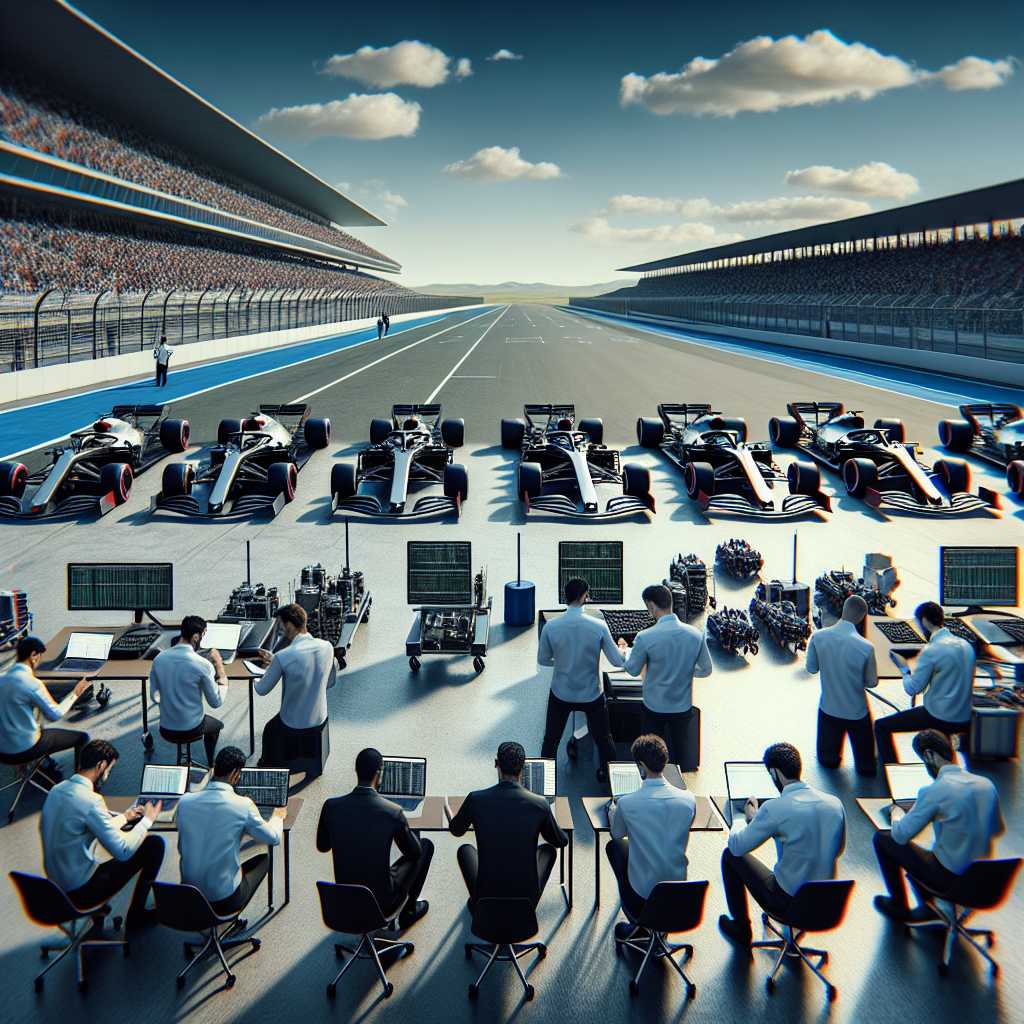The Dynamics and Importance of Formula 1 Testing
Formula 1, also known as F1, represents the pinnacle of motorsport complexity, technology, and competition. Key to the evolution and performance of these elite racing vehicles is a rigorous and multifaceted testing regime. This article will delve into the purpose and process of F1 testing, exploring how teams prepare for a new season, what they learn from these tests, and the restrictions in place that govern this crucial stage of development.
Purpose of Formula 1 Testing
The primary aim of Formula 1 testing is manifold – it serves as a critical phase to validate design concepts, refine aerodynamics, analyze tyre performance, and optimize the synergy between the driver and their machinery. These tests stand as empirical trial runs intended to highlight both success and failure within a controlled setting aside from competitive racing.
Pre-Season Testing
Pre-season testing refers to the official test sessions conducted before the championship series begins. It is typically split into stages and venues that best simulate the array of tracks teams will race on throughout the year.
–
Understanding Car Behavior
: Teams gather data to understand how their new car behaves under various conditions. Parameters like speed, tyre degradation, thermal management, and reliability are closely monitored.
–
Driver Orientation
: New and existing drivers use this time to acclimatize themselves with any updates or entirely new race cars.
–
Race Strategy Development
: Data from these tests informs strategy for pit stops, tyre choice, and approaches to various circuit conditions.
In-Season Testing
Though much less frequent than in years past due to regulation changes, in-season testing gives teams an opportunity to refine their cars as the season progresses.
–
Updates Evaluation
: Teams may bring incremental updates to their cars’ components or software, requiring validation before race deployment.
–
Rookie Training
: Some sessions are also designated for young drivers to accumulate experience in an F1 car.
Key Components Tested
Performance in F1 is often about iteration and refinement. Key vehicle components under constant scrutiny during testing are aerodynamics packages, power unit elements, suspension settings, and the electronics systems which heavily influence car balance and drivability.
Virtual Simulations
Complementing real-world assessments are virtual simulations. With advancements in computational fluid dynamics (CFD) and full-scale wind tunnel testing—subject to restrictive FIA regulations—teams can forecast performance outcomes before physical testing.
Cost Cap and Restrictions
One of the perennial challenges in F1 is fair competition. The introduction of cost caps and stringent testing restrictions is intended to limit teams’ abilities to attain unassailable advantages through sheer financial force.
–
Limited Testing Days
: The FIA mandates a certain number of pre-season testing days to be shared equally among all teams.
–
Resource Restrictions
: There are limits on wind tunnel usage and CFD computations that each team can perform in a given time period.
These measures ensure a more level playing field where the emphasis on ingenuity trumps budgetary might.
Regulatory Challenges
F1 is governed by an evolving set of rules which can change between seasons. Compliance with these changes is validated through thorough testing.
–
Rule Adaptation
: Cars must adapt each year to comply with regulatory updates ranging from safety improvements to competition fairness measures.
The Impact of Testing on Competition
Historically, Formula 1 has witnessed how critical gains made during testing translate into competitive edge during races. The difference between winning and losing can indeed be traced back to insights gained during early test sessions.
–
Performance Correlation
: Success achieved in test laps often—but not always—correlates with race day performance.
–
Data Reliance
: Teams live by their data’s integrity; hence, any edge procured through innovative analysis or extrapolation can prove decisive.
